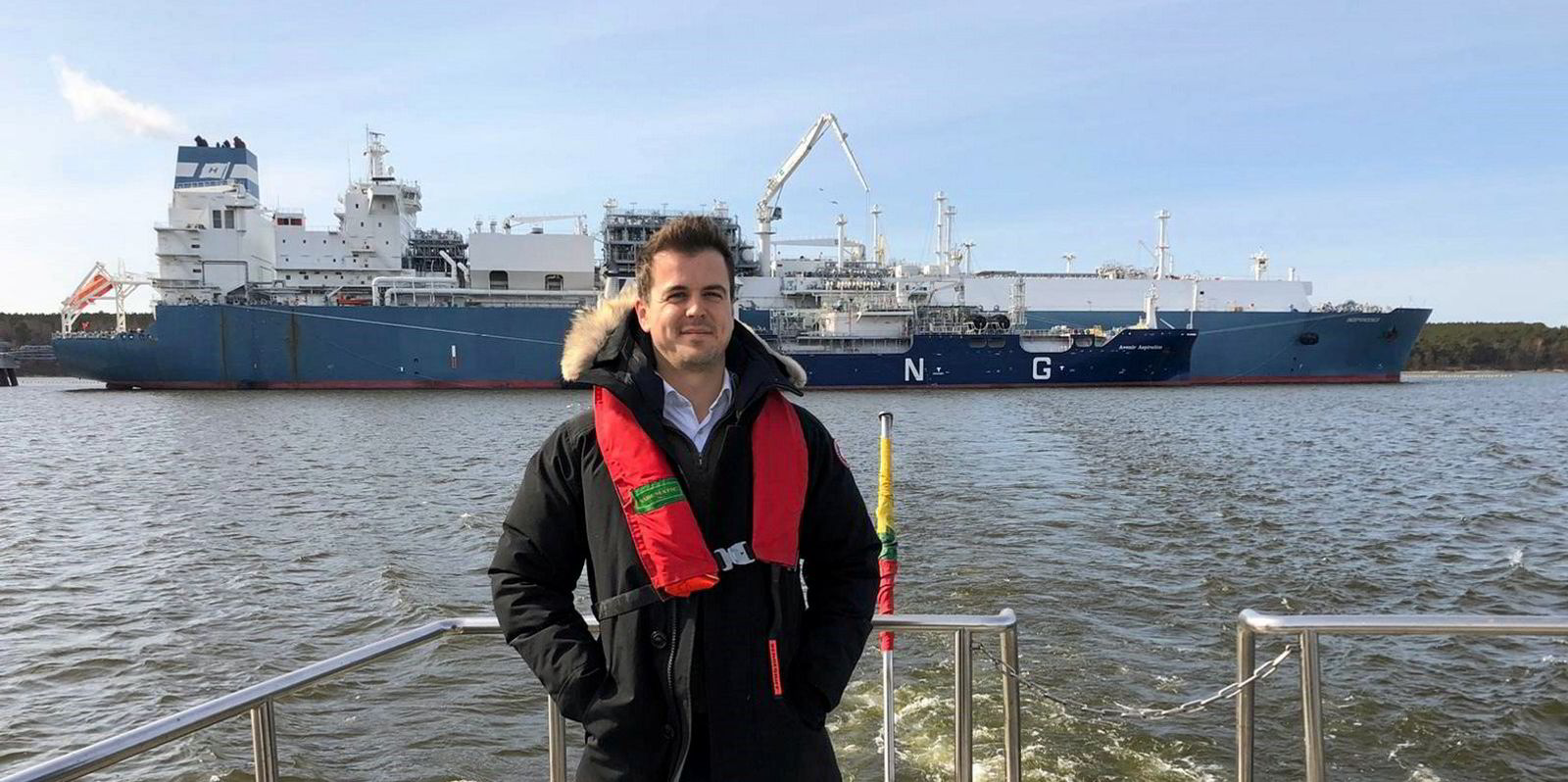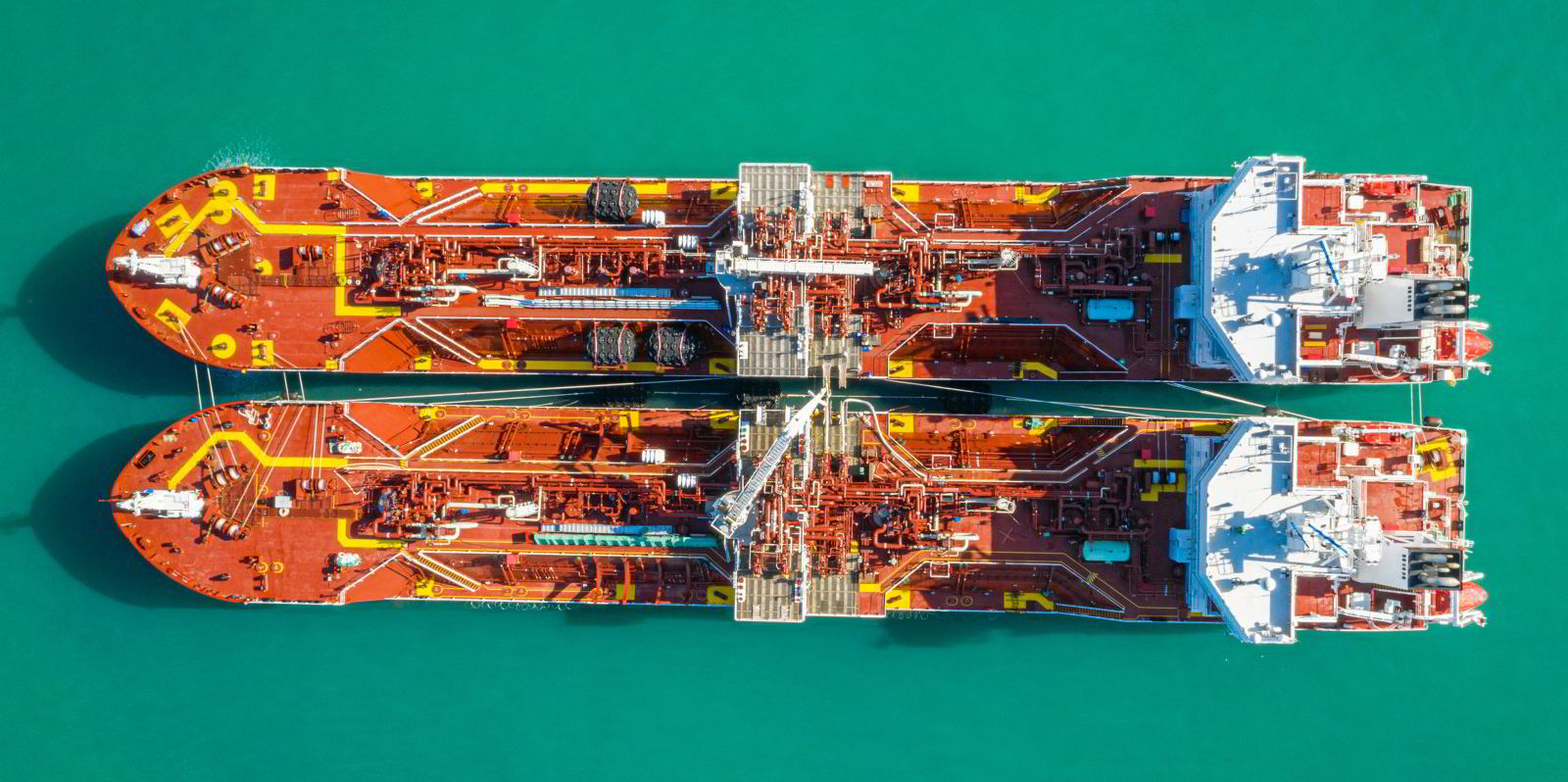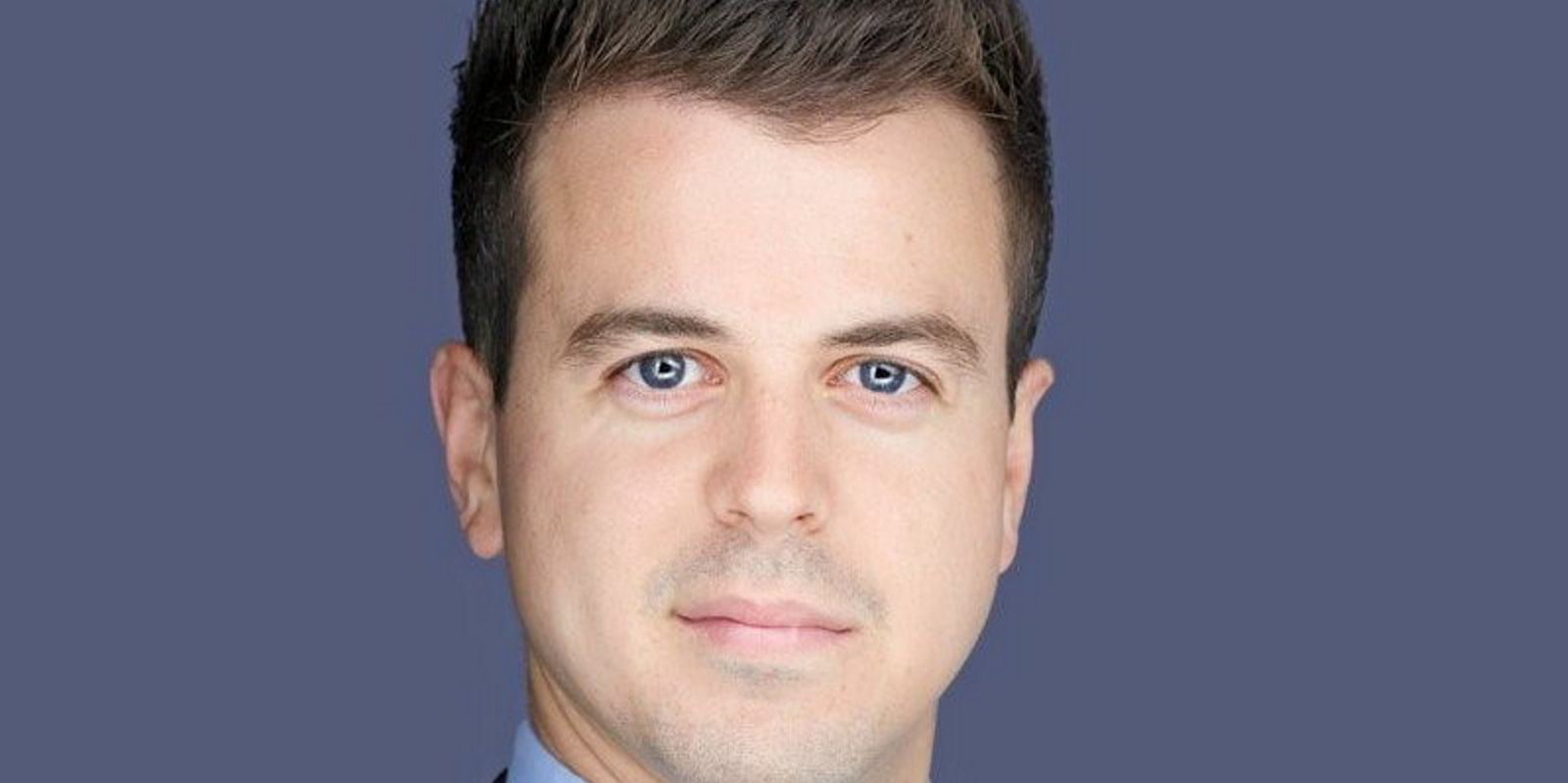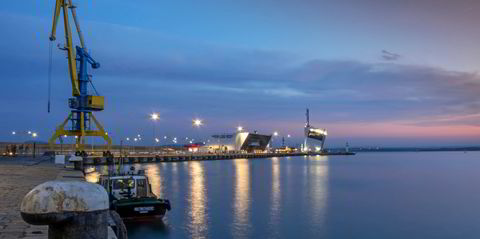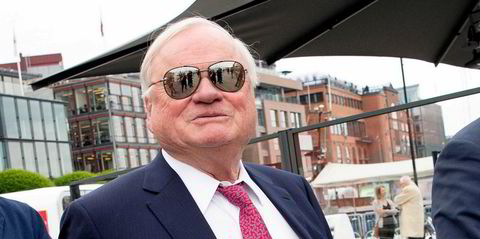Demand for LNG bunkering will outstrip the available capacity of bunker vessels by early 2025, according to Avenir LNG.
In a first management business update presentation, Avenir showed the base case demand for the number of additional LNG bunker vessels (LNGBVs) required by the end of 2026.
This stacks up at 37 vessels between 5,000 cbm and 9,000 cbm; 24 of 9,000 cbm to 13,000 cbm; or 11 of 13,000 cbm and over.
“Modelling demand scenarios and available vessel supply indicates significant shortage and call on newbuilds from 2025,” Avenir said, indicating that the potential window for a first LNGBV newbuilding delivery is in the first quarter of 2026.
Avenir — a joint venture between Stolt-Nielsen, Golar LNG and Hoegh LNG that is headed by managing director Jonathan Quinn — said the LNG-fuelled fleet is set to double by 2026 based on the number of firm orders.
It said that more than 40% of the current orderbook is for LNG dual-fuel vessels, with 553 on order and numbers set to increase, which will drive global demand for LNG as fuel.
Avenir highlighted what it described as an “explosive growth” in global LNG bunker demand over the next 10 years — up about 900% from less than 5m tonnes per annum to more than 35 mtpa. From 2023 to 2033, the cumulative annual growth rate for global marine LNG demand is expected to be 26%.
The small-scale LNG company said that by the end of 2023, there were 45 LNGBVs in operation globally and eight more on order, only one of which delivers after 2024.
It pointed out that most LNGBVs have cargo capacities of less than 9,000 cbm. But with the recent growth in LNG-fuelled container ships, “significantly larger” bunker vessels may be needed.
Avenir said its strategy is to grow into the leading provider of small-scale vessels to support the development of global LNG bunkering and industrial demand.
“The market is highly fragmented,” it said.
The company, which has flagged up fleet expansion plans, said that with five vessels on the water, it ranks as the second-largest owner/operator of LNGBVs. It said Dutch owner Anthony Veder has six ships and only four owners own more than two vessels.
“Should Avenir expand its fleet via an investment in newbuilds, it could make them the largest operator of LNGBVs,” the company said.
“With a small and fragmented number of participants in the market, Avenir, as one of the largest owners of LNGBVs, is well positioned to capitalise on the growth in the LNG marine fuels sector.”
Avenir said its five vessels are fixed on short to medium-term charters, with one vessel fully utilised in northwest Europe across both its Avenir Supply & Trading arm and its dedicated bunker supply entity, Avenir Marine.
The company said it has a revenue backlog of $94.7m from charters.
Avenir, which said it aims to provide further regular updates to give a better insight into its group strategy and commercial outlook, said it has implemented several initiatives to ensure its strategy, balance sheet and cost base are strengthened and sustainable on a long-term basis.
These include cost-reduction measures that it said could save $4.3m per annum, or an effective saving of around $2,400 per day for each vessel.
“This will enable solid foundations for the group to capture the next phase of growth opportunities in an attractive market,” it said.

